Hand-tinted Photos of Geishas and Idyllic Landscapes in Early Modern Japan
Japan’s Meiji period (1868–1912) is commonly described as a time of quick economic and political modernization and self-conscious competition with Western military might and colonial aspirations.
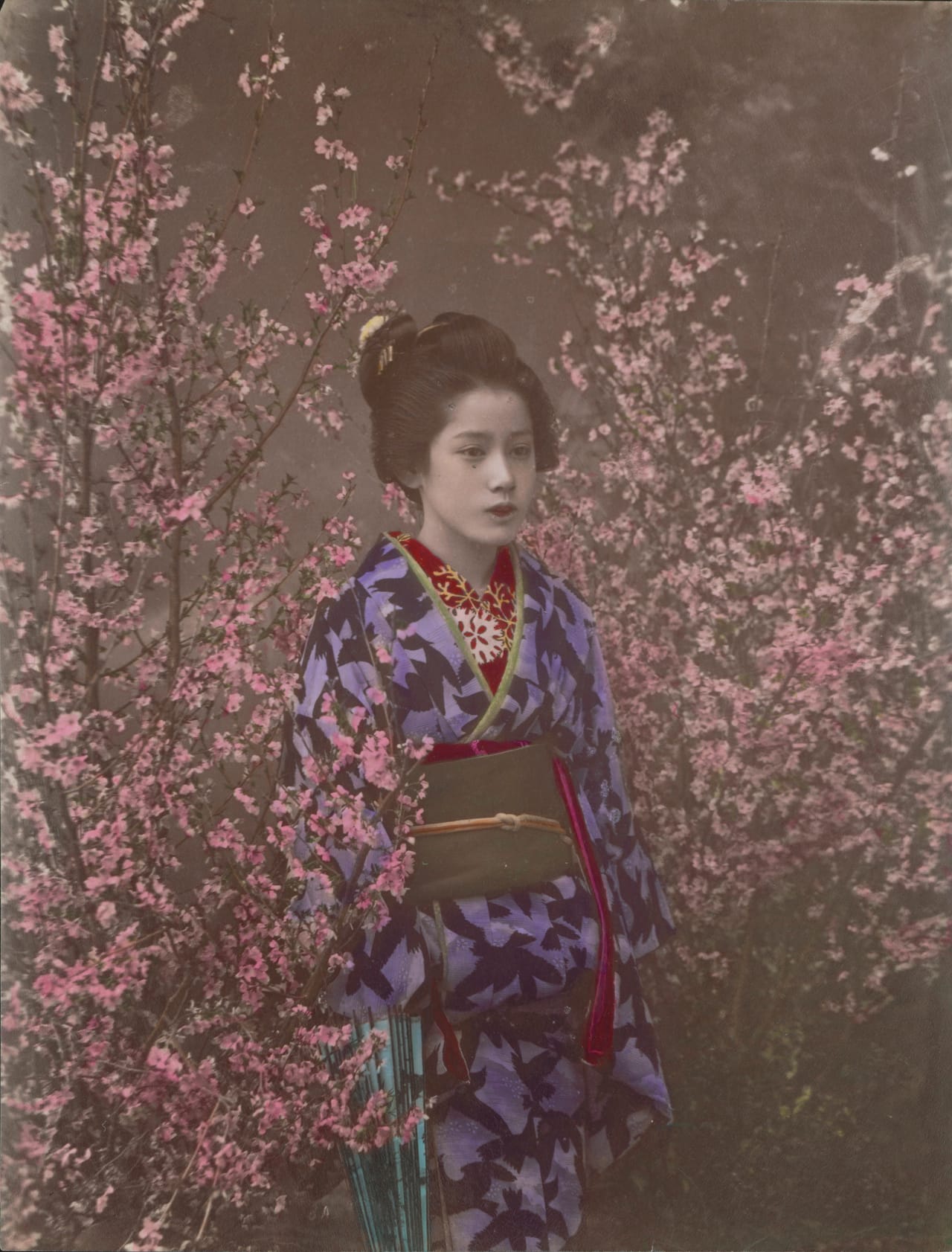
Japan’s Meiji period (1868–1912) is commonly described as a time of quick economic and political modernization and self-conscious competition with Western military might and colonial aspirations. The Meiji Restoration of 1868 marked the end of feudal rule, of an agriculturally dependent economy, and of Buddhism as the official state religion (replaced with Shintô, which holds the emperor to be divine). Under the reign of Emperor Mutsuhito, Japan adopted a constitution with an elected parliament, built military might, experienced massive transportation and industrial industry growth, and put in place a national education system. Pale Pink and Light Blue, a current exhibition at the Museum for Photography in Berlin’s Kunstbibliothek, captures one aspect of the period’s modernization: the rise of commercial photography.
The images in Pale Pink and Light Blue were made using early photographic techniques, including albumen printing, which uses an egg-white paper base and silver nitrate to capture an image after exposure to a negative, and salt printing, which requires sodium chloride and silver nitrate to produce a positive image. Hand-tinted, there is a painterliness to these works, whose palette is aptly described by the exhibition’s title.
The subject of many of the works is surprisingly “traditional,” depicting not rapid modernization, but rather geishas and landscapes. This choice of subject in a society that was so self-consciously concerned with modernization is best understood by the simple rationale of commercial success. As the exhibition text describes, many of the images were produced for foreigners — students on a Grand Tour or tourists seeking a kitsch souvenir. Technology here worked in the service not of self-reflection but of industry, which is actually perhaps a particularly modern use of the image.
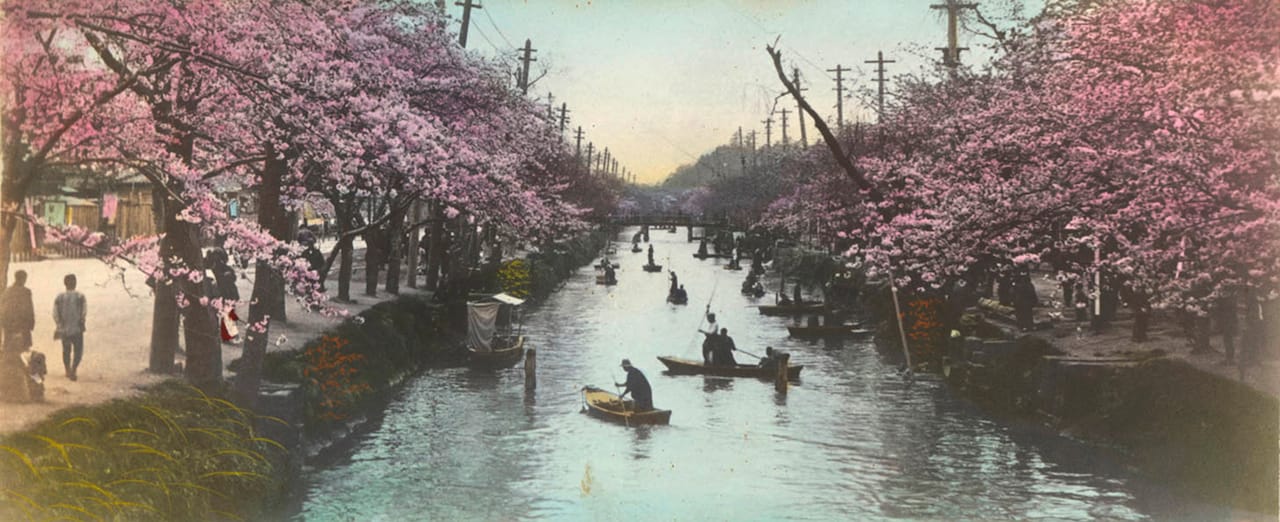
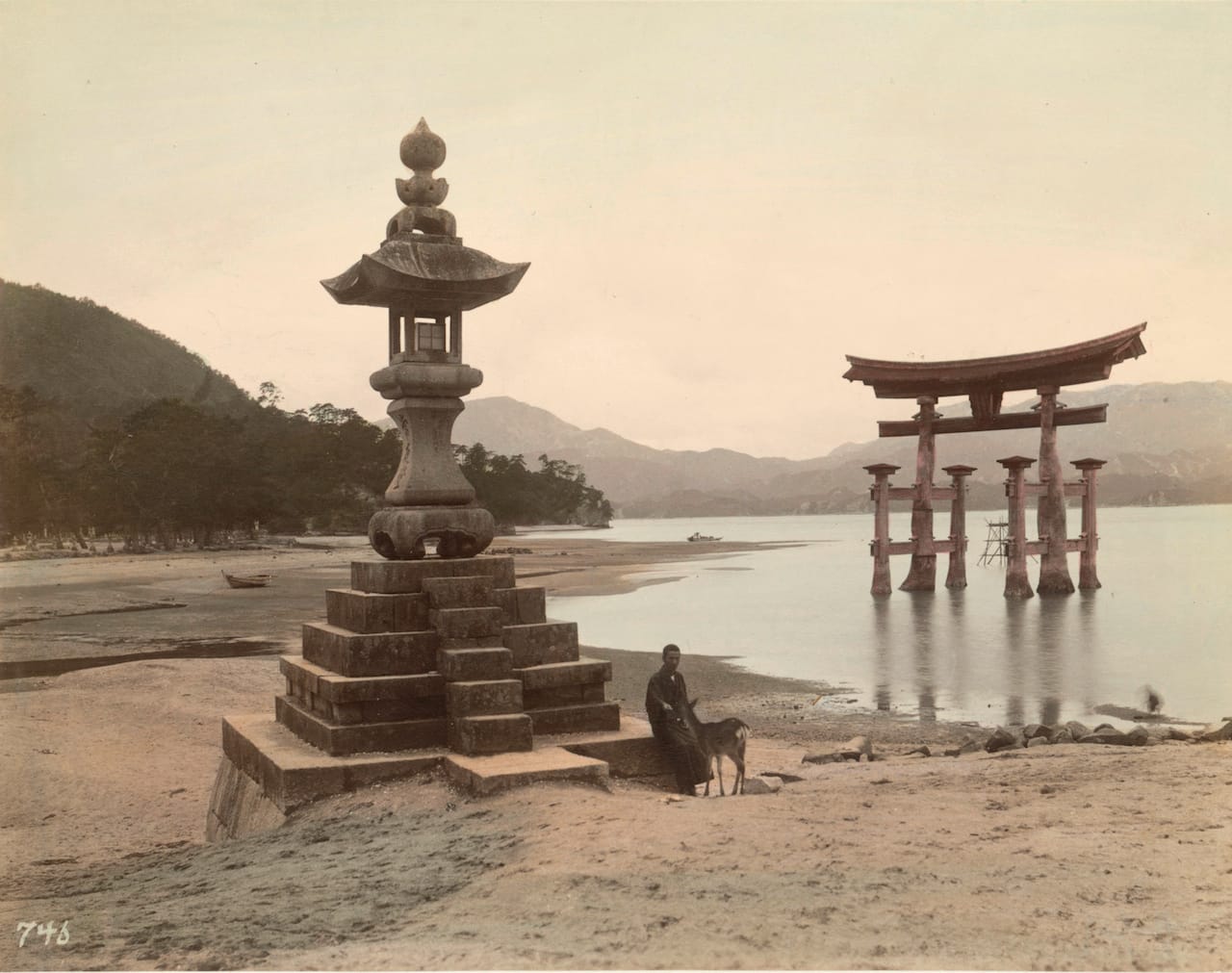
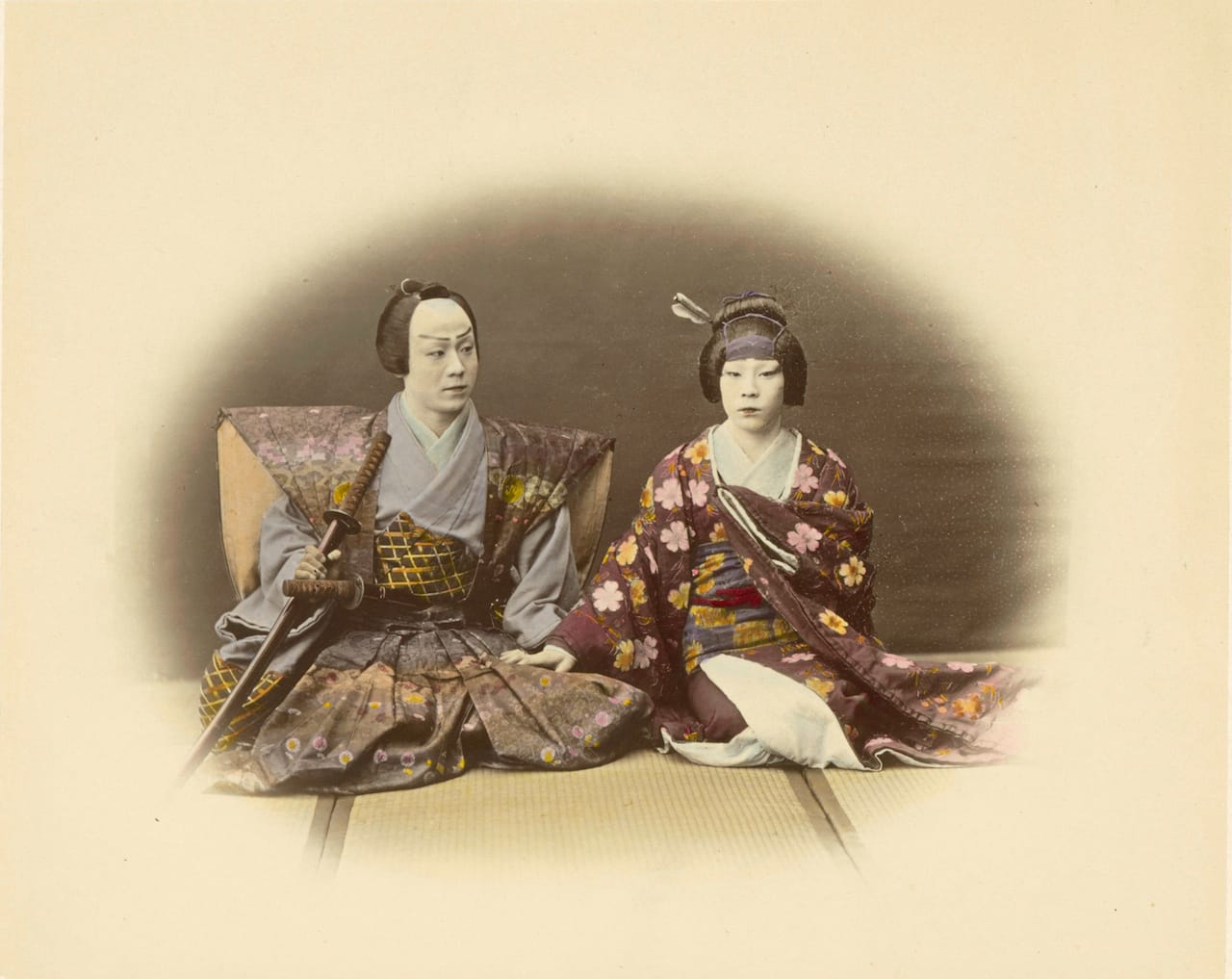

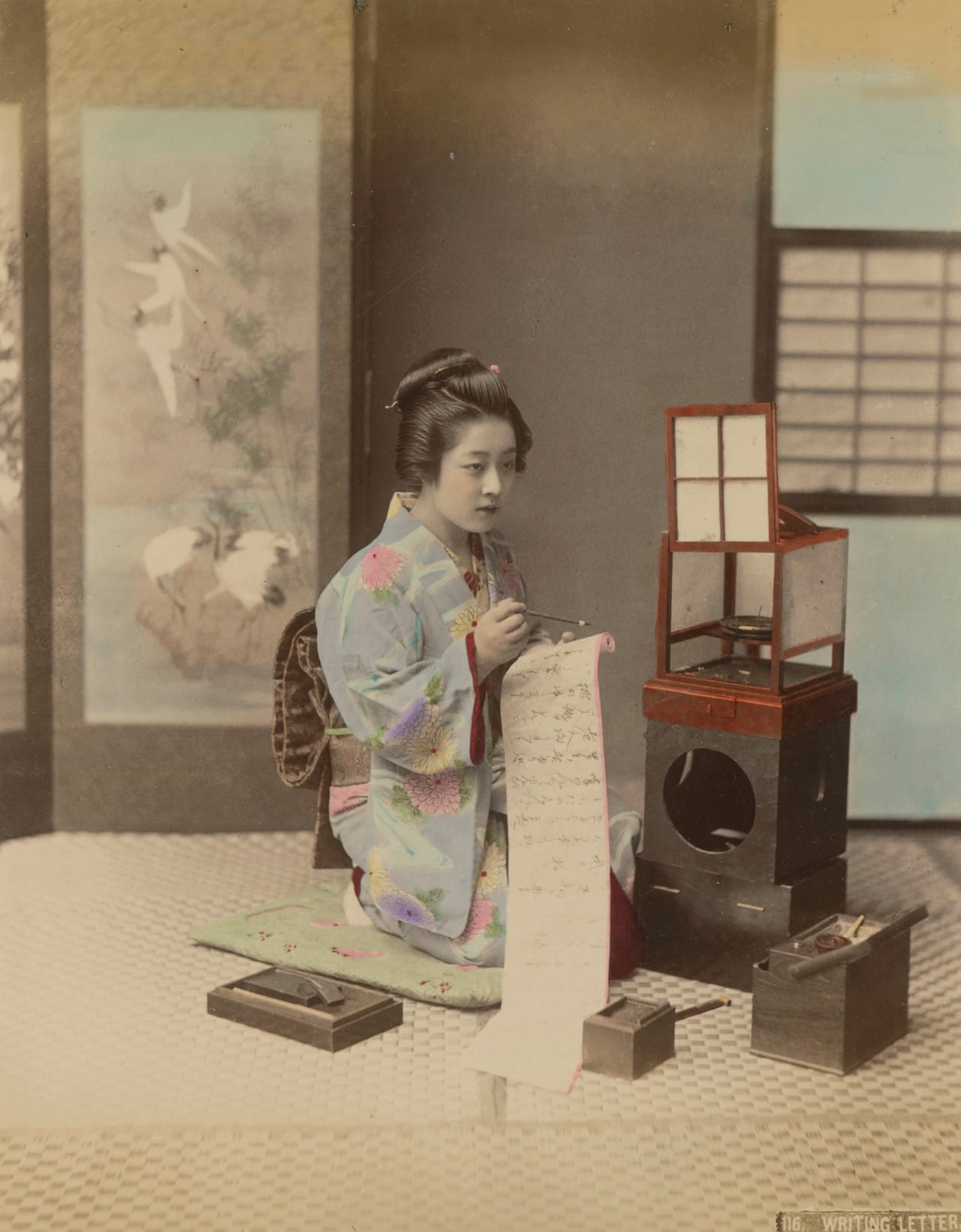
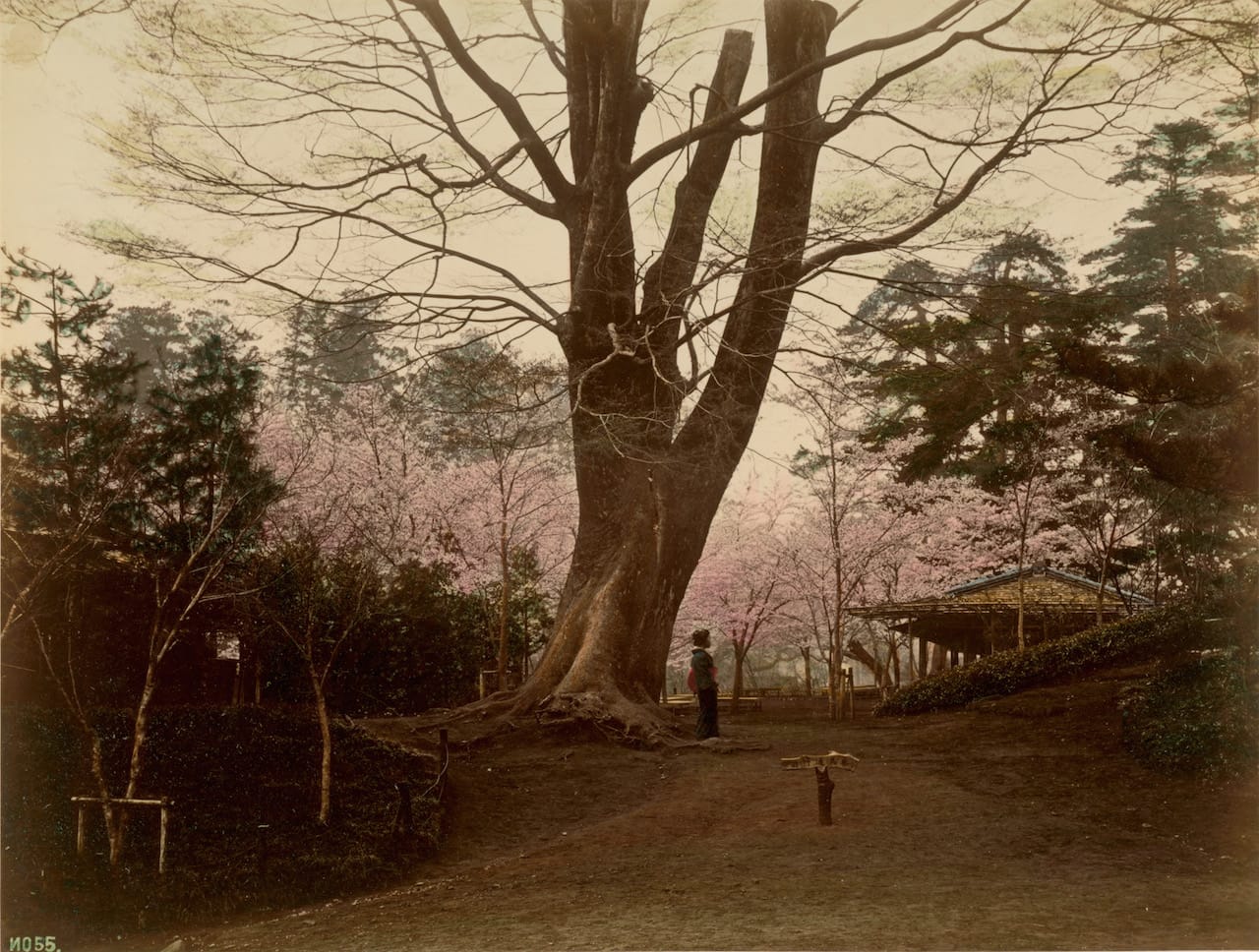
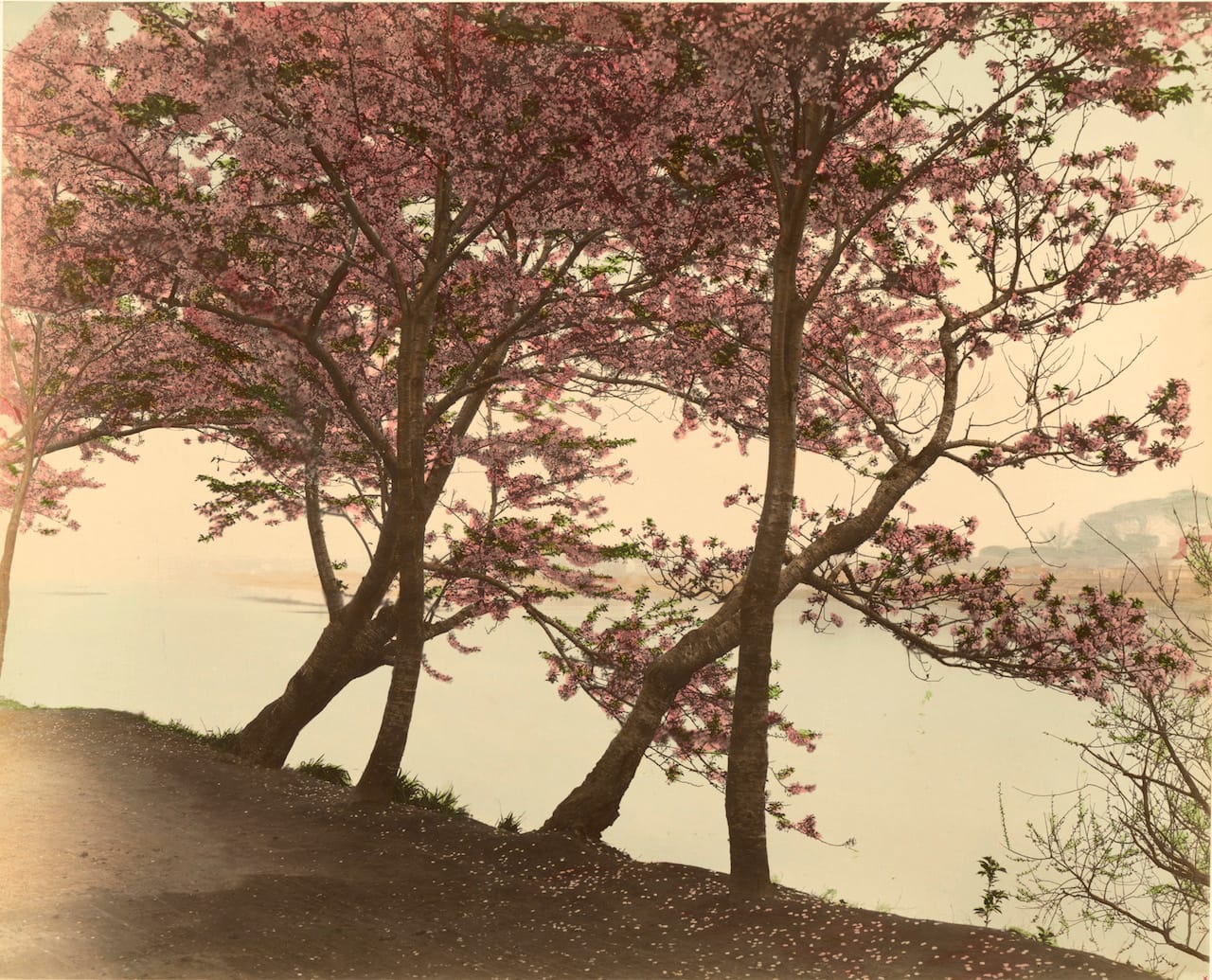
Pale Pink and Light Blue continues at the Museum for Photography (Jebensstraße 2, Berlin) through January 10.




